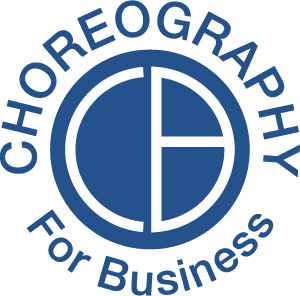The Solution to 'RBF'
“It just doesn’t look like that person wants to be here…”
“In meetings, it looks like they are bored out of their minds and completely disengaged…”
Does anyone come to mind at these statements? Maybe things of this nature have been said about you? There is a common phenomenon colloquially known as ‘RBF’* that can often allow for a good deal of cross-firing in professional settings.
Currently, as we rely heavily on video conferencing to connect and communicate with our colleagues, being aware of, and intentional with our facial expressions is essential. You don’t want to be sending the wrong message, especially not during a time of increased angst, stress and disconnect.
What is RBF?
In everyday parlance, ‘RBF’ is an acronym that refers to a facial expression present when at rest, or in deep thought, that unintentionally expresses contempt, disdain, disgust or irritation. The derogatory, albeit humorous, term itself has been around for almost two decades, but the phenomenon has existed since the earliest stages of human history.
RBF in the Wild
In many programs I have led both in person, and increasingly, via video conferencing, the term comes up as a wide spread phenomenon. Many clients of mine have been made aware that they display a look of boredom or dissatisfaction when they are thinking and concentrating. It is important to note here, in most cases, these individuals are not experiencing loathsome thoughts, boredom or irritation, they are simply mulling something over or focusing – things that they spend quite a lot of time doing in their respective professions. Sometimes, it costs them dearly.
There are a number of reasons why one would want to avoid RBF whenever possible. As human beings, faces are the first and most looked at part of our bodies when we are communicating and forming an impression of another individual. In virtual settings - they are essentially the only thing we see.
If your neutral or ‘thinking’ facial expression tends to fall into an expression others denote as negative, this can keep you from gaining the opportunities you seek professionally, it can also prevent you from connecting with your colleagues and building the relationships necessary for professional success.
Solving for RBF
When I work with clients who have come to be aware that they exude this phenomenon, we approach it from two angles. Number one, I ask how they have become aware of this. For most people, it is either self-observation in a photo or video. For others, it is through feedback (hopefully constructive) that they have received.
The way you become aware is important because it will help us provide a baseline from which to circle back to as we work to rewire facial expression muscles.
Number two, I coach clients through what I call a ‘contrasting’ exercise. Where we work through a series of exercises that oscillate between relaxing and engaging our facial muscles. We use video to analyze the differences and start to land on a facial expression that can be confidently adopted while at rest. Once identified, we practice, and practice, until the wonderful phenomenon of muscle memory starts to support us in our new habit.
The results can be life changing. If your professional life requires you to be present at meetings, speak on panels or listen to another person speaking, you will want to ensure that your facial expression is properly representing your intention.
As always, please reach out with any questions, or if the above resonates with you in any way.
*RBF stands for Resting Bitch Face

